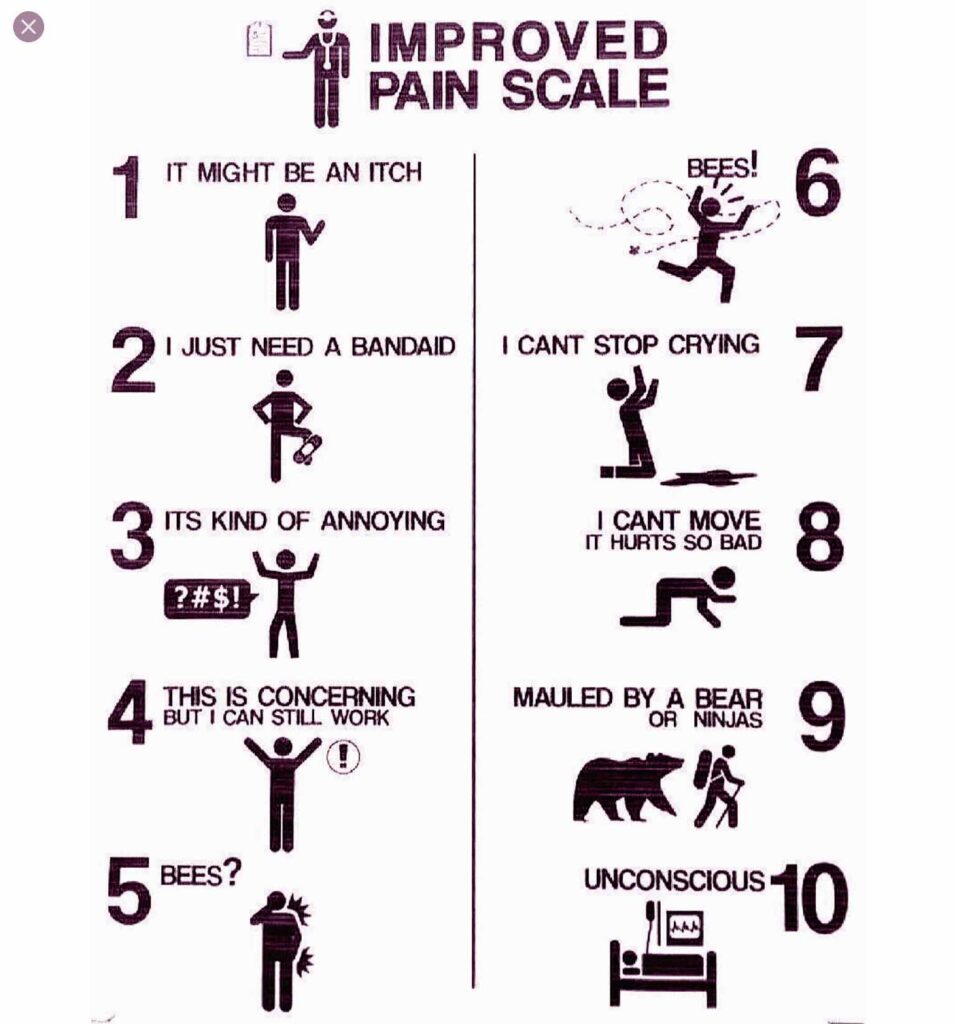Easing Pain with Direct-Indirect Technique
I get calls all the time from people that are hurting. I bet you do, too. Sometimes, it’s their low back. Sometimes, it’s their shoulder, their elbow, their hip, a foot, upper back, neck, head, or even their jaw. There are a lot of wounded warriors out there, right? And they come to us for help.

Many of the techniques you learn in massage school can be helpful. I have found, however, that the Direct-Indirect Technique combination of gentle and deep myofascial, neuromuscular, cranial-sacral, and hybrid techniques help with many more conditions and types of people than traditional bodywork tools. The treatments are more successful generally and the results last longer, too, resulting in very happy clients.
I have two Direct-Indirect Technique (DIT) classes coming up soon. You can take these classes if you’re new to DIT or if you’ve taken them before and want to refresh your skills, practice with other therapists, or get some bodywork yourself. Either way, these classes offer 18 CEUs approved by the Arkansas DOH and the NCBTMB:
– Sept 10-12 – Direct-Indirect Techniques for Upper Back, Low Back, and Legs in Little Rock
– Oct 8-10 – Direct-Indirect Technique for Shoulder, Arm, Neck, Head, and TMJ in Fayetteville
Click on the class name to find out more about each class, to register, or to see what other therapists say about these trainings. These techniques have been tested and refined by me in over 20,000 bodywork sessions. And hundreds of massage therapists have used them and testified to how well they help their clients.
What about the Pain Scale?
The pain scale that people use to describe their situation is, of course, relative. As you use bodywork techniques on their sore spots, you may induce a pain response. But you have to be careful not to overdo it. It’s not about “no pain, no gain”. It’s about “no pain, no pain”! Our job is Not to inflict pain.

Having said that, sometimes a minimal pain response lets you know that you’re on the right track with your treatment. However, one person’s ‘2’ may be another person’s ‘8’. With DIT, we like to work somewhere between ‘4’ and ‘7’ on THAT person’s pain scale. I emphasize that it’s the client’s perception of the pain scale that matters, not the therapist’s perception of how much pressure they’re using!
If you think you’re only using ‘2’ pressure, but the client tells you they’re experiencing a ’10’, you need to back off! Don’t do like I’ve seen some therapists do and say, “Don’t worry. This is going to be good for you.” Back off! Sure, some people can handle a lot of pain, but that’s not always a good thing! And I’ve had clients that told me they were bruised so badly by a previous therapist that they wouldn’t go get a massage for years, until they finally showed up at my door.
How do you know what the client’s perception of pain is when you’re working on them? Some people will come right out and tell you. Or you might hear them scream or groan. Hopefully, they don’t kick you!
But a lot of people won’t tell you what their perception of pain is. They might think it’s not ok to tell you. Sometimes, they’re just introverted and don’t express their emotions well. They might think you’re the ‘expert’ and you know what you’re doing, so it’s better not to say anything. Sometimes, they’re thinking, “This is horrible. I will never come back here.” And you don’t know until they never reschedule.

The best rule of thumb is to ASK them. “On a scale of 1 to 10, where 1 is ‘I don’t feel it at all’ and ’10’ is ‘take me to the emergency room’, how does this feel right here?” After explaining that, ask them what’s the first number that pops into their head. That’s usually the best answer. Some people have to analyze everything, and they get lost in their heads.
Once you know where they are on their pain scale, then you adjust your pressure accordingly. If you’re higher than their ‘7’, back off a little. If you’re lower than their ‘3’, then you might want to add a little more pressure to get the myofascial response you’re looking for that tells you the tissue is doing what it needs to do to reduce overall pain and discomfort. We get deeper into all this in the DIT classes. And you’ll have plenty of practice.
I hope to see you soon in one of the Ray of Light Training classes. And I hope you’re staying cool and healthy during these hot, summer days,
John
John Joseph Ray
Ray of Light Training
